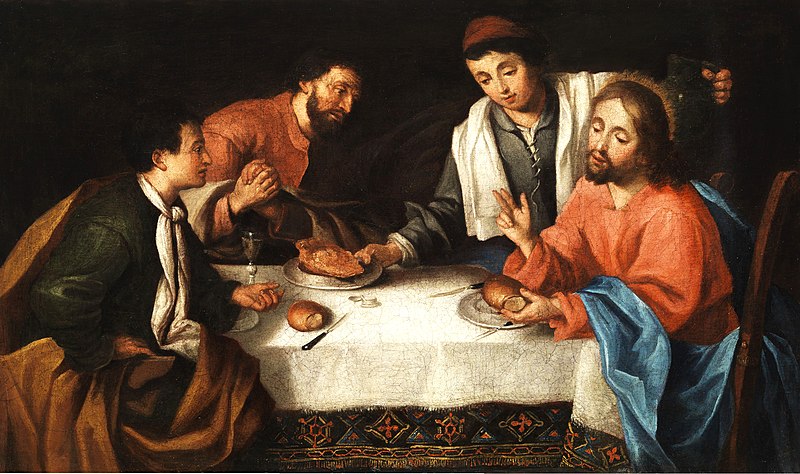A learning portfolio includes various materials to address each learning outcome. The portfolio can be a physical folder with plastic pockets, or it can be an online collection of material such as a wiki, blog or Dropbox folder.
You should identify a relevant ‘audience’ and appropriate portfolio materials to address each learning outcome. Your audience might be the presbytery PRC, home congregation leaders, a visitor or newcomer, family members or friends.
Examples of portfolio materials might include:
- a written summary: key points or paragraphs outlining your observations and reflections
- a visual summary: flow diagrams or relationship charts depicting key elements of the liturgy, oversight relationships, etc.
- a personal letter: to a real or fictitious person, describing your experiences and feelings
- an application form: to submit to the relevant presbytery Pastoral Relations Committee to support an application for lay presidency, along with sample liturgies and other materials
- a presentation: poster, pictures, PowerPoint or Prezi presentation on key issues or example practices of the Sacraments
- a written report for your local Church Council with suggestions/recommendations to enhance local practices/patterns to meet the hopes & expectations of the Uniting Church
- an article written for your local church newsletter describing your learning experiences and insights
- a narrative story, journal entries, poem, drawing, painting, video or visual materials
- an essay addressing each of the learning outcomes.
Participants preparing for presbytery authorisation will likely find the learning portfolio provides useful material for later discussions with your local congregation and presbytery PRC, and includes supporting documentation for any application for lay presidency by your congregation’s Church Council.

